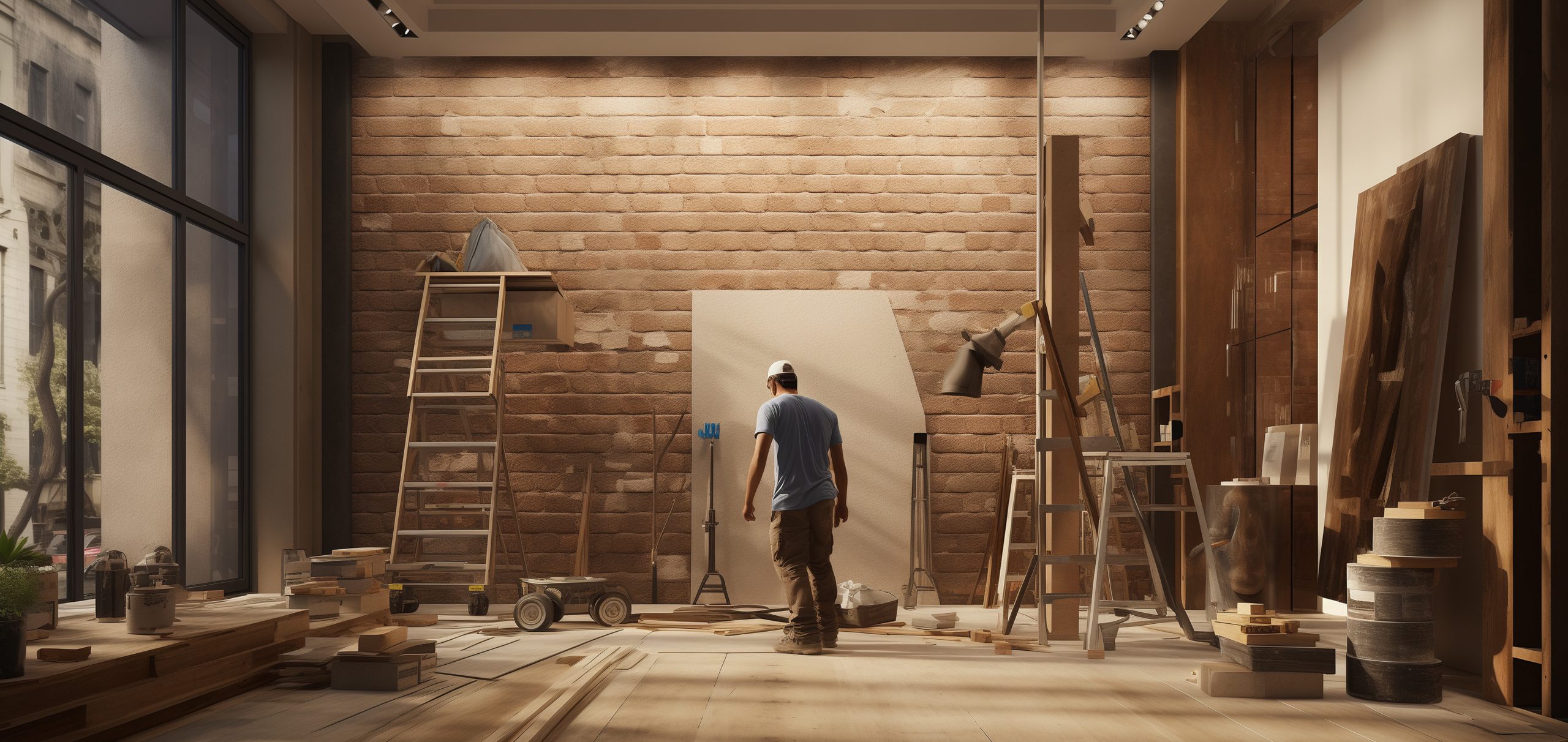
Consultation and Planning
Client Needs Assessment: Understanding the client’s vision, requirements, and the intended use of the brick structure.
Site Inspection: Evaluating the construction site for factors like soil type, drainage, and existing structures, which can influence the bricklaying process.
Material Selection: Assisting in choosing the right type of bricks and mortar based on the project’s requirements, aesthetic preferences, and environmental conditions.
Design and Layout Planning: Planning the layout, bond pattern (e.g., stretcher bond, Flemish bond), and dimensions of the brick structure.
Cost Estimation: Providing a detailed estimate of costs, including materials, labor, and any additional expenses.
Preparation & Bricklaying
Foundation Preparation: Ensuring a solid and level foundation for the brick structure. This may involve excavation and laying a concrete foundation.
Organizing Materials: Arranging bricks, mortar, and tools for efficient access during the building process.
Applying Mortar: Spreading mortar on the foundation or on the previous layer of bricks.
Laying Bricks: Placing bricks in the planned pattern, tapping them into place, and ensuring they are level and aligned.
Quality Checks & Finishing
Level and Alignment Checks: Regularly checking the level and alignment of the bricks as the wall rises.
Adjustments: Making necessary adjustments to keep the structure aligned and level.
Pointing: Finishing the mortar joints once the main structure is complete, which can involve various styles like flush, recessed, or weather-struck pointing.
Cleaning: Removing any mortar residue from the bricks and cleaning the work area.
